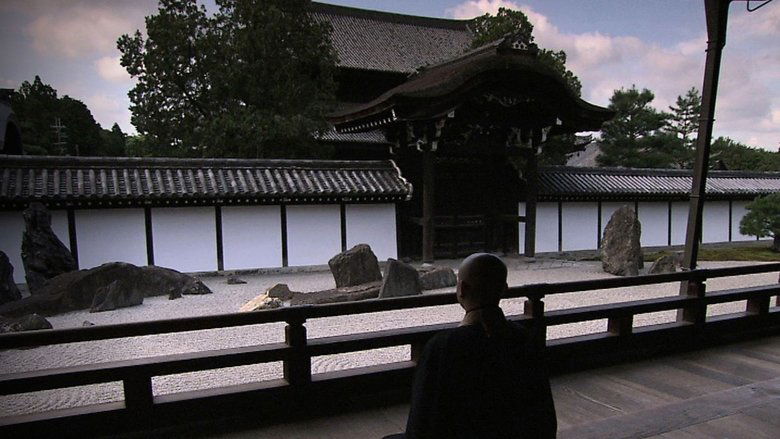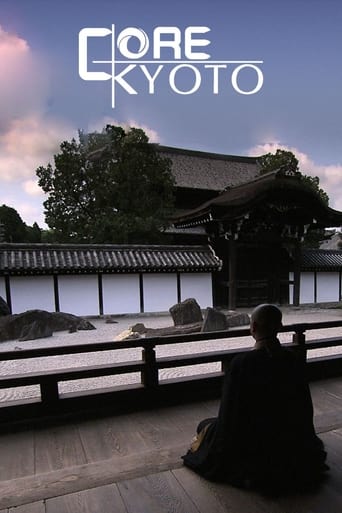
Trailer
Synopsis
The timeless heart of Japan's ancient capital. Against its rich backdrop of culture and tradition, today's Kyoto continues to innovate and inspire.
Episode 17 : The Changing Leaves: The Transient Fall Beauty of the Ancient Capital
December. 19,2013

The changing leaves vividly color Kyoto, which lies in a basin and has marked temperature differences. For more than a millennium, people have delighted in their beauty and picnicked under the trees. Today, the changing leaves continue to enchant Kyotoites, who live within the changing seasons. The exquisite leaves adorn traditional kaiseki cuisine dishes, and the trees lit up at night are a magical sight. Some are so captured by their magnificence they express it in waka poetry and the arts.
Episode 16 : Shinise: Established Businesses Survive the Centuries
December. 05,2013

The ancient capital has many shinise, or established businesses, with unbroken histories. Kyoto Prefecture classes a firm founded at least a century ago as shinise. Over generations, more than 1,100 Kyoto shinise have maintained imperial court culture and life; and provided for temples, shrines, samurai clans and the common people. Through the ups and downs, they have upheld their trade, reputations and family mottos; and kept the Kyoto entrepreneurial spirit of status and trust alive.
Episode 15 : Nishijin-ori: Beauty Crystallized in a Kyoto Brocade
November. 07,2013

Nishijin-ori symbolizes the ancient capital's elegance and luxury. The obi-weaving process is divided into detailed tasks, such as mon-template design and yarn dying. Each artisan has a specialist role. With a deep sense of responsibility and a mutual trust, they strive for higher levels of perfection. Noh costumes have unsurpassable beauty. Some artisans weave with their fingernails. This magnificent textile meshes the city's 1,200 year-old history and the fervor of artisans through the ages.
Episode 14 : Karesansui: The Zen Cosmos in a Garden for Spiritual Training
October. 17,2013

A pointed boulder with a large stone at its foot reaches for the heavens. The white gravel between them represents a swift flowing river, without the use of water. Karesansui is a unique dry-gardening style that developed in the 14th century from ascetic practices at Kyoto's Zen temples. Monks aim for enlightenment within a world of rippling patterns that run between curious rock arrangements. Enter the infinite Zen cosmos through the karesansui gardens at Tenryu-ji, Daisen-in and Ryoan-ji.
Episode 13 : Kyo-shikki: The Jet-black, Golden Beauty of Kyoto Lacquerware
October. 03,2013

As demand for lacquerware grew in the political and cultural hub of Kyoto, artisans refined their designs and techniques with a distinctive approach to aesthetic beauty. This became kyo-shikki, or Kyoto-style lacquerware. The maki-e drawing technique uses sprinkled gold dust on a jet-black background to reproduce dazzling Kyoto scenes. Modern sensibilities combined with traditional techniques produce innovative pieces. Lacquer and gold dust engender the lavish world of this traditional craft.
Episode 12 : Water Traditions: The Old Capital's Rich Natural Blessings
September. 19,2013
Kyoto has many mountain springs, rivers and groundwater. The capital relocated here about 1,200 years ago for the water supply that enriched the citizens' lives and gave rise to Kyoto's culture. Farmers grow vegetables in the fertile delta. Craftspeople continue the kurozome dying traditions. A namafu wheat-gluten store relies on quality groundwater. Supporting them are well sinkers with an extensive knowledge of groundwater arteries. Ever grateful, the locals use water as their livelihood.
Episode 11 : Shojin-ryori: Zen Cuisine as Training Within the Teachings
September. 05,2013

In the 1200's, the monk Dogen brought shojin-ryori, a vegetarian cuisine, from China along with Zen Buddhism, which forbids the killing of animals and the eating of meat. He once said, "Meals and their preparation are part of aesthetic training". Kaiseki-ryori and other Japanese cuisine have their base in and developed from shojin-ryori, which wastes nothing of the seasonal vegetables and cereals used. Chefs, including a chef at a Michelin-rated restaurant, work to spread shojin-ryori worldwide.
Episode 10 : Gion Matsuri: The Spirit of the Townspeople During Summer's Grand Festival
August. 15,2013

Gion Matsuri began as a prayer for the country's health when 66 halberds were erected and 3 mikoshi shrines were paraded through plague-ravaged Heian-kyo in 869. The 33 yamahoko floats in today's climactic procession on July 17 are "moving museums". Revived in 1952, the Kikusui-hoko float was adorned this year with a new tapestry in gratitude to the ancestors. The festival music is traditionally taught orally. The floats are assembled with age-old technics. The streets are alive with revelry on the eve of the parade.
Episode 9 : Chanoyu: A Bowl of Tea Draws Hearts Together
July. 18,2013

Sen-no-Rikyu (1522-1591) began the chanoyu, or tea ceremony, that is practiced today, 400 years ago. His simple, rustic wabi philosophy is still discernable in the designs, movements and mindset. In Uji, Kyoto, the year's first shoots from shaded tea plants are ground into a fine powder to make the koicha tea used in the ceremonies. Artisans use time-honored methods to craft the chanoyu utensils. People immerse themselves in this art in which each bowl of tea is considered a once in a lifetime encounter.
Episode 8 : Aoi Matsuri: A Dynastic Festival in the Presence of the Deities
July. 04,2013

The origin of Aoi Matsuri, one of Kyoto's 3 great festivals, goes back more than 1,500 years. Diviners advised the people to ride horses in prayer for bumper crops and to appease the Kamo deities, who were causing storms and floods. Emperors thereafter paid homage to Shimogamo Jinja Shrine and Kamigamo Jinja, and solemnly performed these now-ancient rituals that are reminiscent of the dynastic culture. Aoi Matsuri, its splendid parade and rare customs are full of mystery, even for Japanese.
Episode 7 : Kagai: Kyoto's Flower District Where Elegant Dreams Bloom
June. 20,2013

The main stage for hospitality in the glittering kagai entertainment district is the ozashiki function. Geiko and maiko refine their skills over years in dance and other performing arts to present at ozashiki. In this world, shikitari customs and etiquette are dictated by strict protocol drilled into the girls by their elders in their daily lives. A shidashiya caters meals for ozashiki. A yuzenshi dyer creates unique maiko kimono. Many people live within the culture at the heart of the kagai.
Episode 6 : Kyoto Lodgings: Hearty Consideration That Soothes Travelers
June. 13,2013
The quality of hospitality found at accommodations in Japan's old capital, Kyoto, is known worldwide. They exude a time-honored culture and uniqueness. The entrances are cleansed with sprinkled water and the rooms have peaceful atmospheres with a seasonal touch of flowers. This ingrained sensibility is drawn from Shinto and Buddhist teachings. Once billeting monks, a Zen temple offers pilgrims' lodgings - the roots of Kyoto lodgings. Established inns uphold their founding standards. The essence of consideration that soothes travelers exists in diverse lodgings around the city.
Episode 5 : Japanese-style Paintings: The Breathing World of Beauty
June. 06,2013

Japanese-style paintings are the embodiment of Kyoto aesthetics. Their delicate scenes are created using unique mineral pigments. Flower artist Rieko Morita emphasizes life in her work. She infuses it with the vitality she feels within the flowers. Modern artists, like her, are grounded in a history that stretches back 1,000 years to the dynastic paintings of the Heian Period. All kinds of schools with distinctive styles were born throughout the long history. The Kano School of painting was favored by samurai. The Rimpa School was characterized by decorativeness. The Maruyama School stressed realism. Various traditions give Kyoto paintings diversity and allure.
Episode 4 : Hanami: Kyoto's Cherry Viewing Festivities in the Spring
May. 16,2013

Various locations in Kyoto have been famous cherry-blossom-viewing spots for 1,200 years. As spring approaches, the locals' actions revolve around thoughts of hanami. The cherries keep family ties strong; 3 generations gather once a year for hanami festivities. A 3rd-generation cherry gardener who conserves cherry trees and a photographer who has snapped Kyoto's cherries for about 40 years talk about the enduring allure of these flowers, which feature in bento meals and embroidery designs.
Episode 3 : Buddhist Statues: Figures of Belief and Beauty
April. 18,2013
Kyoto has about 2,700 temples where an array of benevolent, meek, and ferocious Buddhist statues are worshipped. World Heritage temple Toji has a configuration of statues in an imposing, 3D mandala and a beautifully woven mandala, which captures the cosmos. The jizo statues standing on street corners have a special place in the lives and hearts of Kyotoites. Today, sculptors continue to breathe life into Buddhist statues, and skilled craftsmen create magnificent works using gold leaf in microns.
Episode 2 : Kaiseki-ryori : The Ultimate in Culinary Hospitality
April. 04,2013

Stimulating all five senses, kaiseki-ryori is a Kyoto culinary work of art. Eiichi Takahashi, 14th generation owner of Hyotei, stresses kaiseki's roots in cha-kaiseki meals served at tea ceremonies. Leading chefs and researchers explore new potential for kaiseki. Takuji Takahashi, 3rd generation owner of Kyo-ryori Kinobu, creates novel dishes using Western methods while preserving the form of Japanese cuisine. These inquisitive minds pursue the ultimate in culinary hospitality.
Episode 1 : Kyo-machiya: Connecting People's Hearts
February. 28,2013

Kyotoites have lived in kyo-machiya townhouses for centuries. Each year, 1,000 are demolished, but Kyo-machiya Sakujigumi, a group of craftsmen skilled in machiya restoration, use natural materials and traditional methods to preserve them. Megumi Hata, whose family kyo-machiya was built in 1869, discusses how living in a machiya means living comfortably in harmony with nature. Within their walls, the wisdom, the way of life and the spirit of Kyotoites remain unchanged through the generations.
Seasons
Similar titles

Sahara with Michael Palin
In this four-part BBC documentary, former Monty Python funnyman and renowned globe-trotter Michael Palin sets off from Gibraltar to travel across the Sahara, his witty humor downplaying the hardships he faces along the arduous journey. He travels to Morocco, Mauritania, Mali and beyond, across some of the harshest terrain on the planet.
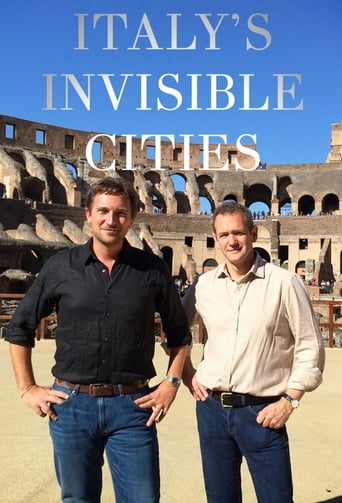
Italy's Invisible Cities
Using the latest 3D scanning technology, Alexander Armstrong and Dr Michael Scott uncover the hidden history of Italian civilisation and city life.
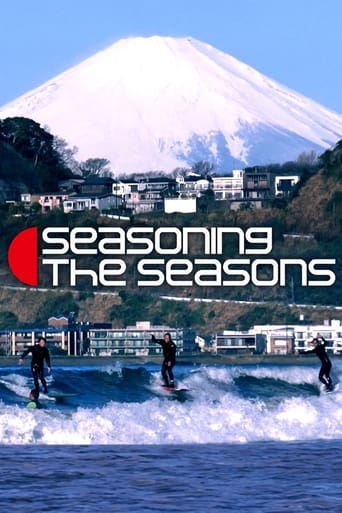
Seasoning the Seasons
This program visits places across Japan to introduce the charms of their local daily life and festivals fostered by the nation's long history.
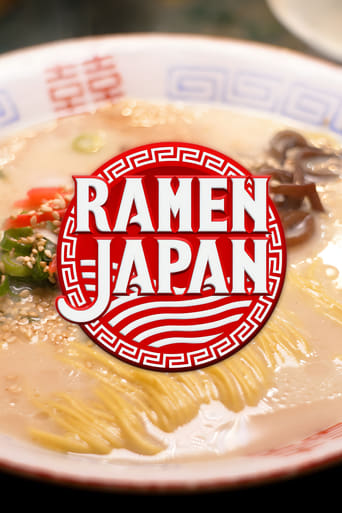
RAMEN JAPAN
Ramen is a savory combination of umami-packed broth and perfectly cooked noodles. This program offers an encyclopedic view of this delectable dish, taking you on a journey across Japan to discover ever-evolving local variations. Join us as we explore a tapestry of local customs and food culture through the lens of ramen.

Prime Video
Anthony Bourdain: Parts Unknown
Bourdain travels across the globe to uncover little-known areas of the world and celebrate diverse cultures by exploring food and dining rituals. Known for his curiosity, candor, and acerbic wit, Bourdain takes viewers off the beaten path of tourist destinations – including some war-torn parts of the world – and meets with a variety of local citizens to offer a window into their lifestyles, and occasionally communes with an internationally lauded chef on his journeys.

Jonathan Meades - Magnetic North
Jonathan Meades travels from the flatlands of Flanders to Germany's spectacular Baltic coast in an attempt to decipher exactly what northernness entails.

Jonathan Meades On France
Jonathan Meades scrutinises the 95 per cent of France that Brits drive through and don't notice en route to the 5 per cent that conforms to their expectation
Related

Postman Pat: Special Delivery Service
The world’s favourite Postman is back and delivering more than ever. Postman Pat has been promoted to the post of Head of Special Delivery Service. Equipped with his pilots license and a host of new transport options, Pat delivers in hard to reach places, from the top of a mountain to the middle of the sea anything from a giant ice block to a runaway cow!

Bloodline Detectives
Detectives and forensic experts recount the most extraordinary cold cases that were solved using the revolutionary technique of familial DNA testing.

The Enemies of Reason
The Enemies of Reason is a two-part television documentary, written and presented by evolutionary biologist Richard Dawkins, in which he seeks to expose "those areas of belief that exist without scientific proof, yet manage to hold the nation under their spell", including mediumship, acupuncture and psychokinesis.
The documentary was first broadcast on Channel 4 in the UK, styled as a loose successor to Dawkins' documentary of the previous year, The Root of All Evil?, as seen through the incorporation of brief clips from said documentary during the introduction of the first part by Dawkins. The first part aired 13 August 2007 and the second on 20 August 2007.
It includes interviews with Steve Fuller, Deepak Chopra, Satish Kumar, and Derren Brown.

Unspeakable
Welcome to the world of Unspeakable. Watch YouTube sensation Nathan Graham as he pulls pranks, competes in wild challenges with friends and collaborates with YouTube stars like Preston and ZHC.

DARK SIDE OF THE 2000S
This documentary series delves into the unseen histories of the 2000s decade, revealing dark secrets and personal insights from the people who witnessed all the train wrecks and triumphs first-hand.

Messy goes to OKIDO
OKIDO is a comedy adventure, science-educational series following a curious, adventure seeking and unruly monster called Messy as he finds the answers to everything a 3-5 year old child wants to know. Why do things fall down and not up? Where do echoes come from? Messy goes on incredible adventures with his two best friends, Zoe and Felix to find the answers. They are helped along the way by the bonkers science trio Zim, Zam and Zoom. Together they will fly to the moon, shrink to the size of atoms and fly on the back of a giant butterfly.
Top Streaming TV Show
#1

Ikaw
November. 12,2021
5.9
#2

Dexter: New Blood
November. 07,2021
8.1
#3

Money Heist
May. 02,2017
8.4
#4

Chicago Fire
October. 10,2012
8
#5

Emily in Paris
October. 02,2020
6.9
#6

The Witcher
December. 20,2019
8
#7

Yellowstone
June. 20,2018
8.7
#8
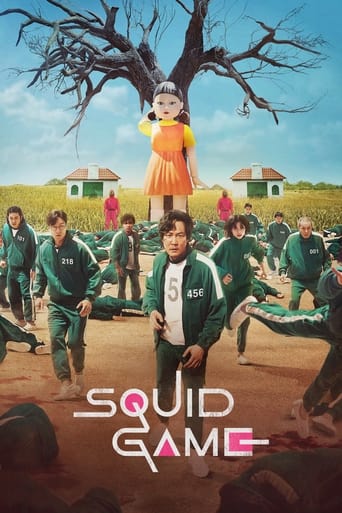
Squid Game
September. 17,2021
8
#9

The Bachelorette
September. 23,2015
5.3
#10

See
November. 01,2019
7.6
